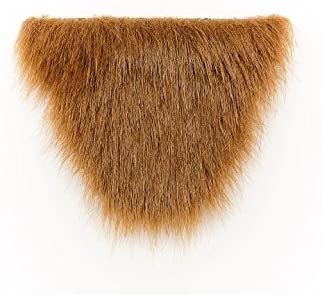
In an age where grooming of the pubic area is standard, the merkin, also known as a pubic wig, is becoming popular in fashion circles. Designers like Kaimin have created hairy pieces resembling mini mohawks for New York Fashion Week catwalk shows. But what exactly is a merkin, and what is its history?
History
The merkin has a long history, dating back to 1450. It was initially worn to cover syphilitic pustules and gonorrheeal warts caused by syphilis and gonorrhea. Broome resident and Scrabble player Sarah Walker discovered that the word “merkin” was missing from the official online dictionary. Intrigued, she delved deeper and found fascinating information about merkins and their purpose.
Purpose
Initially used for practical reasons, merkin wigs were worn to hide pubic lice. Women with lice would use merkins to cover up their condition. Prostitutes, on the other hand, preferred to have a full brush instead of shaving their vulva hair to appear healthier and attract customers. Today, merkins are mostly worn decoratively or for sexual pleasure. To avoid accidental exposure, some actors and actresses wear them during nude or semi-nude scenes.
Functions
Merkins serve as pubic wigs worn by women to cover the mons pubis, either after shaving or for decorative and erotic purposes. They are also known as “pubic rugs.” They are commonly worn by women in the erotica industry, but anyone looking to add extra sexual appeal can wear them.
Styles
A merkin is an artificial covering for the female pubic area. It can cover a hairless crotch or cater to pubic hair fetishes. Strippers, prostitutes, and individuals looking to spice up their sex life may wear merkins. Men who dress as women may also wear them.
Care
Merkins should be treated carefully to avoid matting or damage. When cleaning a merkin, use cool water and a small amount of shampoo. Allow it to sit for a minute before rinsing gently. It’s important to remember that a merkin should only be worn over a hairless area, achieved through waxing or shaving. Avoid wearing the wig for extended periods to prevent lice or other health complications.

